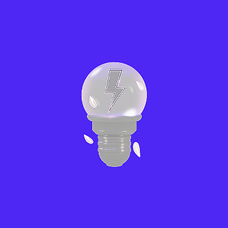Resource Hub
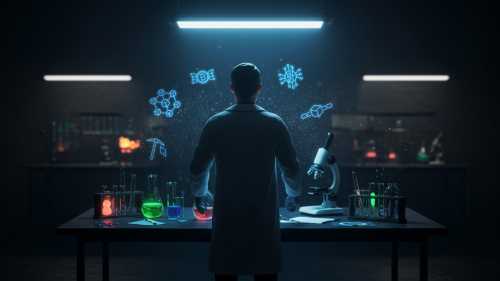
Crypto Research: The Good, the Bad, and the Unverified
From crypto scammers to biased sites self-promoting their projects, how do you cut through the noise and find reputable crypto research sites? Some common Crypto research problems you never thought about. But there are effective ways how to research crypto for your business purpose in this information-rich Web3 environment.
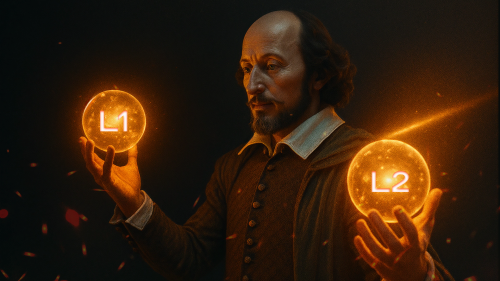
Blockchain Layer 1 vs Layer 2: How to Make Strategic Decisions
Should you build (or build on) a blockchain Layer 1 or Layer 2? We break down the pros, cons, and tradeoffs for entrepreneurs weighing competing L1 and L2 options. Learn about Ethereum, L2 scaling options, and the blockchain trilemma, tetralemma, and pentalemma.
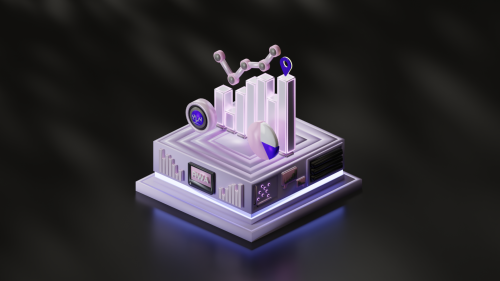
5 Real-World Asset Use Cases You Can Tokenize Today
Real-world asset classes are hot hot hot. They solve for the intangibility that crypto often suffers from. Let’s take a look at five use cases that you can invest in (or launch on) starting today. No barrier to entry, no big leaps, just big ideas and the blockchain.
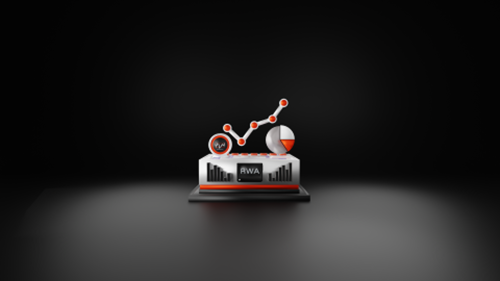
Global RWA Landscape – Hubs, Categories & Concentrations
This dashboard maps the global footprint of Real-World Asset (RWA) tokenization projects, revealing where innovation is happening, which sectors are booming, and which cities and countries are emerging as RWA powerhouses. From national leaders to specialized urban hubs, these insights help you spot geographic and sectoral trends shaping the future of tokenized assets.
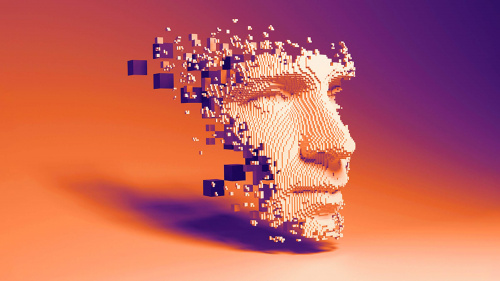
Top Web3 AI Projects
Two completely different digital technologies: AI and blockchain. Projects merge them to leverage their combined benefits. How is AI used in Web3, and how does AI benefit from blockchain? How do AI and blockchain projects utilize this interconnection? We keep finding more and more examples - updated Aug ‘25.
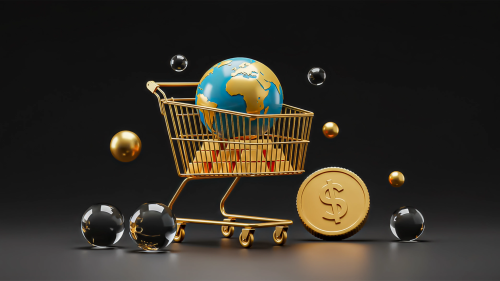
Tokenization in Emerging Markets: Where It’s Already Working
Blockchain projects are making waves in emerging markets, with expanding use cases, utility, and support. Now is the perfect time for impact-driven Web3 founders to build into these markets. Below, you’ll get a glimpse into several sectors and explore the related regulations.
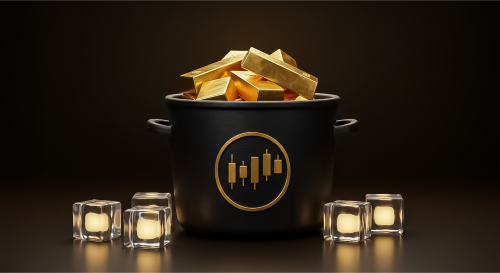
Tokenized Stocks: U.S. Assets Go Global, Again
The tokenization of stocks is reaching escape velocity. Major crypto exchanges (Gemini, Kraken), Fintech apps (Robinhood), and TradFi heavyweights are all getting in on the action. What does this mean for you? We have hands-on analysis and real-life examples for you.
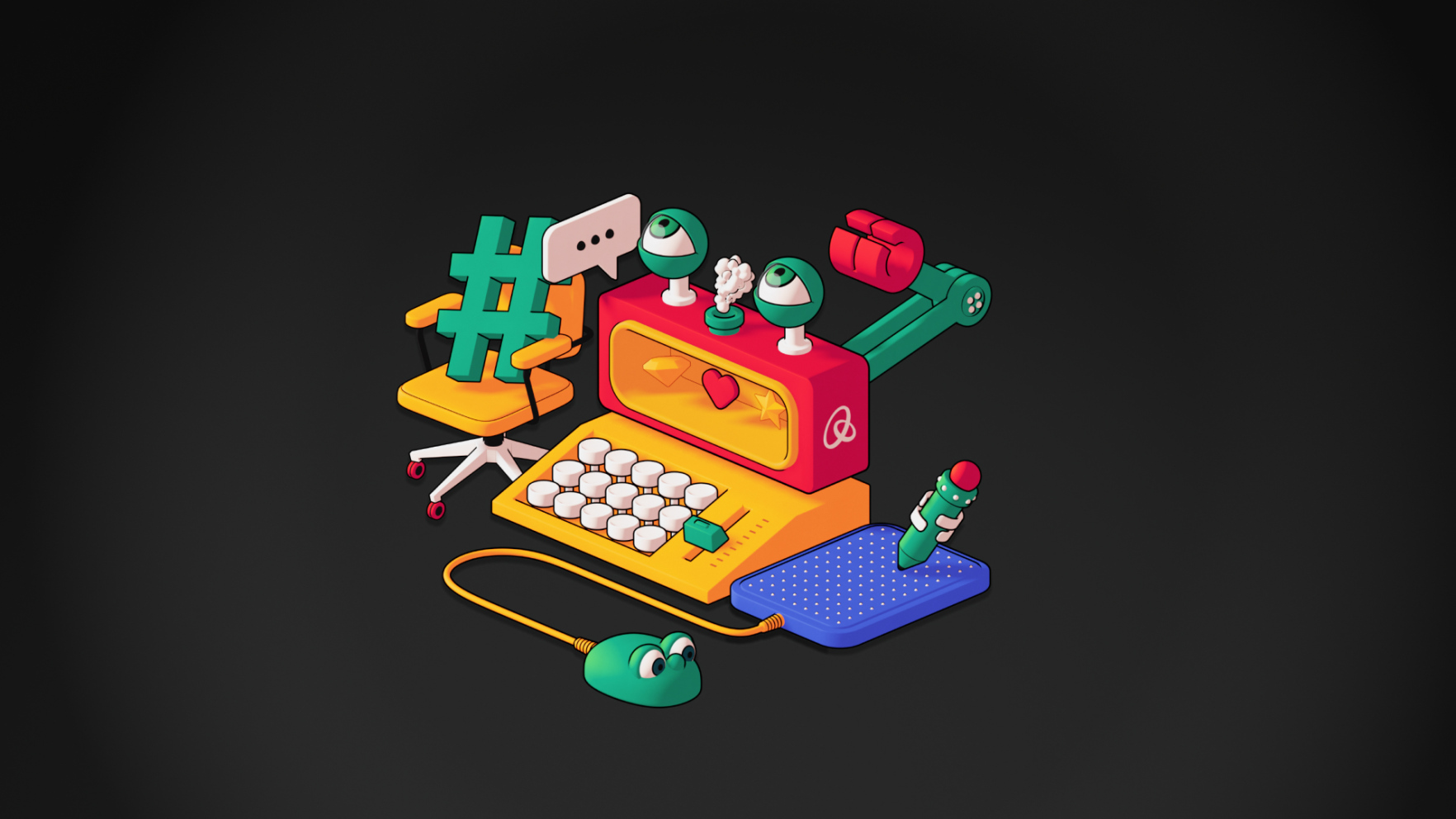
Rethinking Creator Economies: How to Bring Your Audience Onchain
From rented audiences to real ownership, the creator economy is shifting. This report explores how Web3 tools are helping creators build loyal communities, earn directly, and spark network effects. Curious how the flywheel spins? Here’s what’s working and still missing.

What Is Tokenization? New Markets, Revenue, and Yield Models
What is tokenization? It’s really an ancient concept that keeps reinventing itself. So, what does tokenization mean when it comes to real-world assets (RWAs), money, and blockchain technology? Get straightforward explanations with actual tokenization examples.
